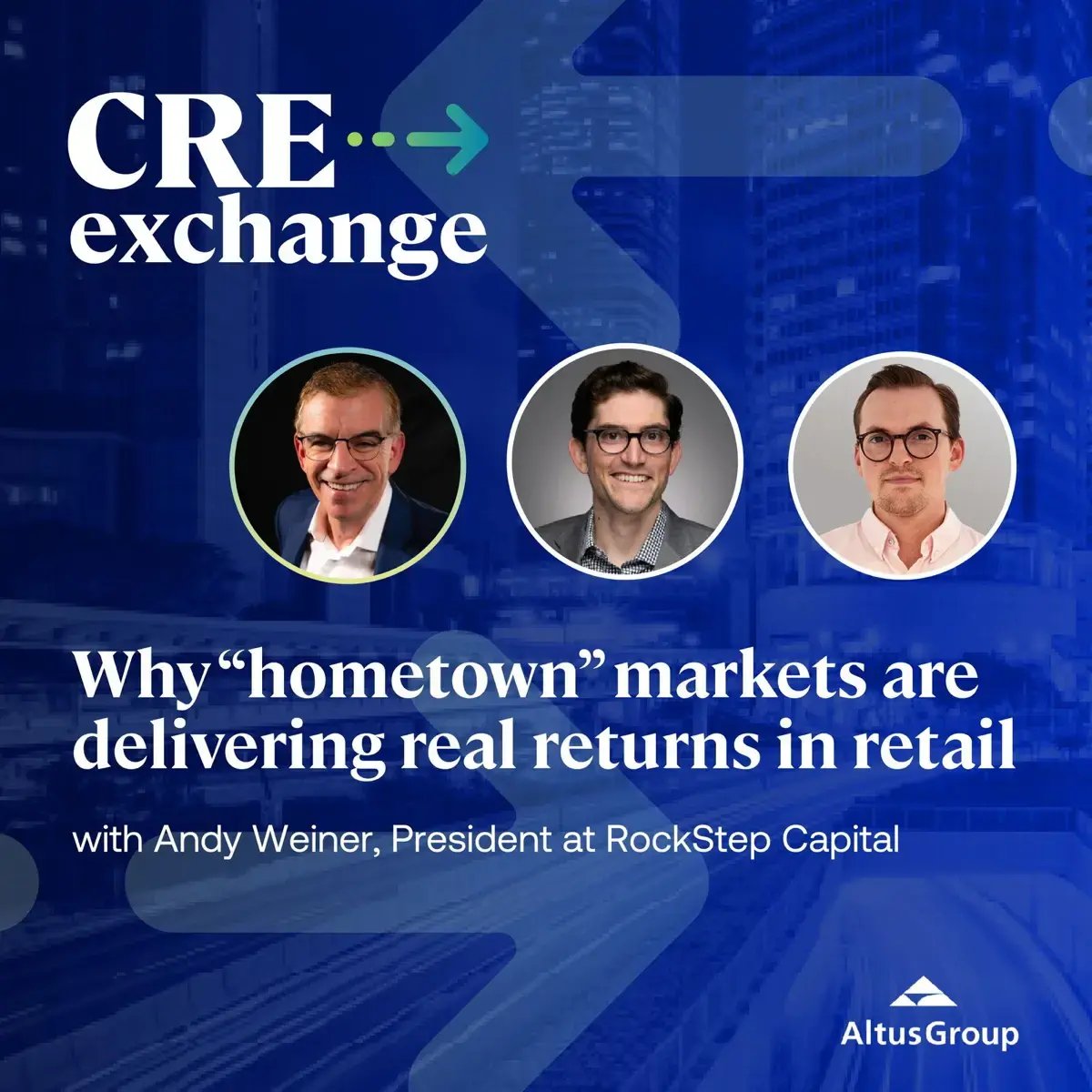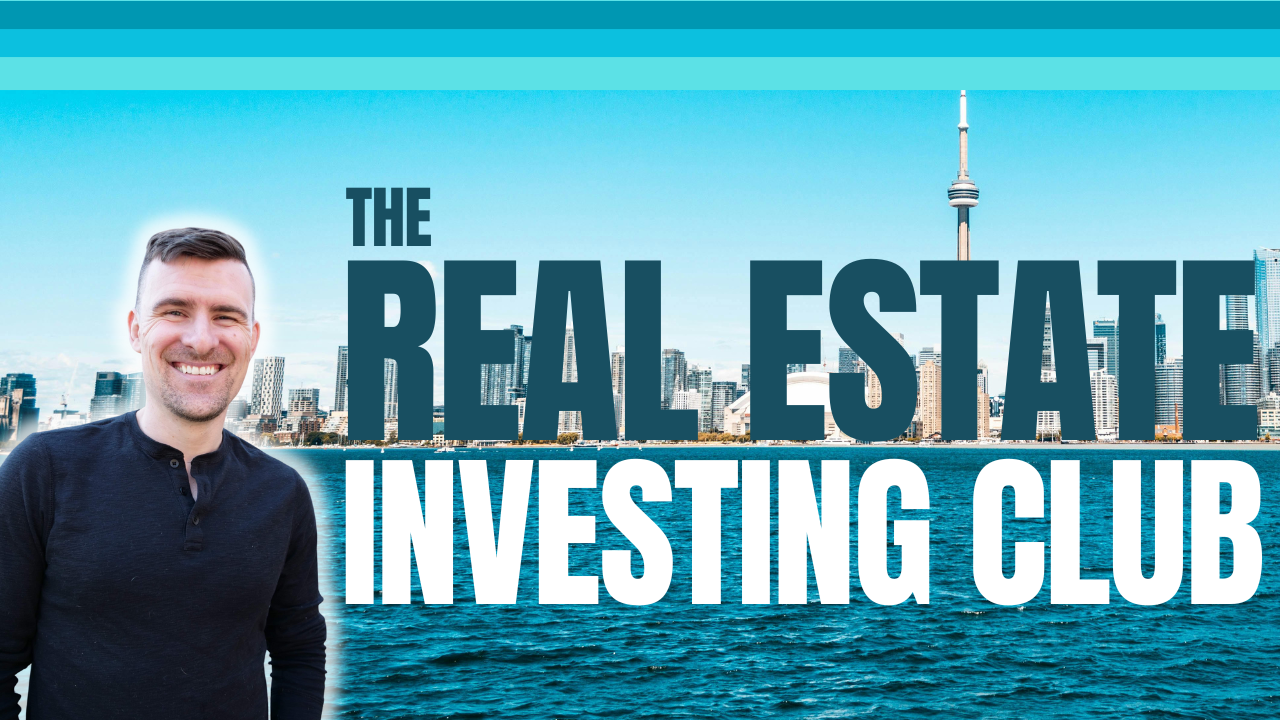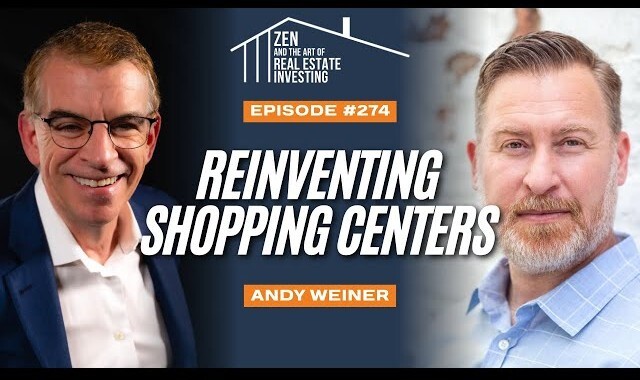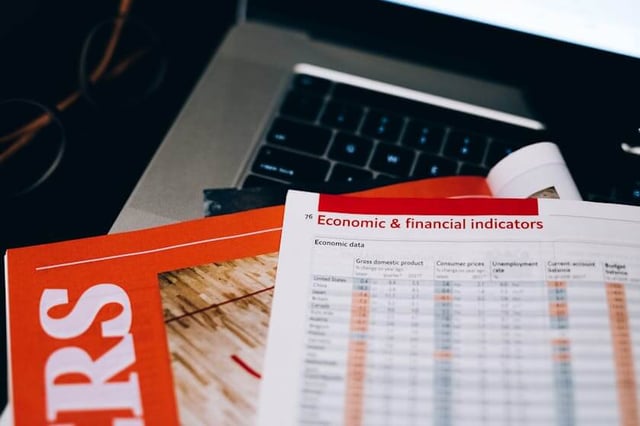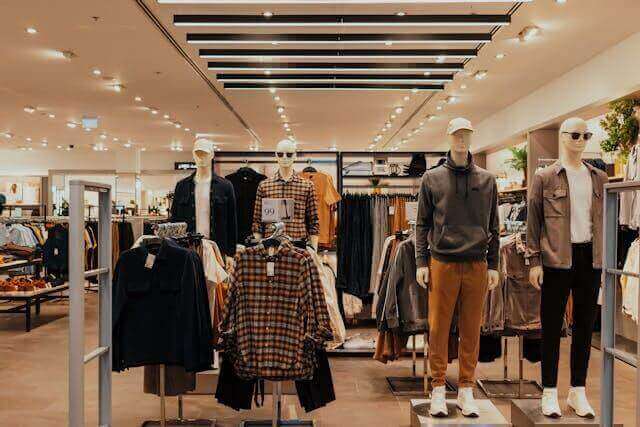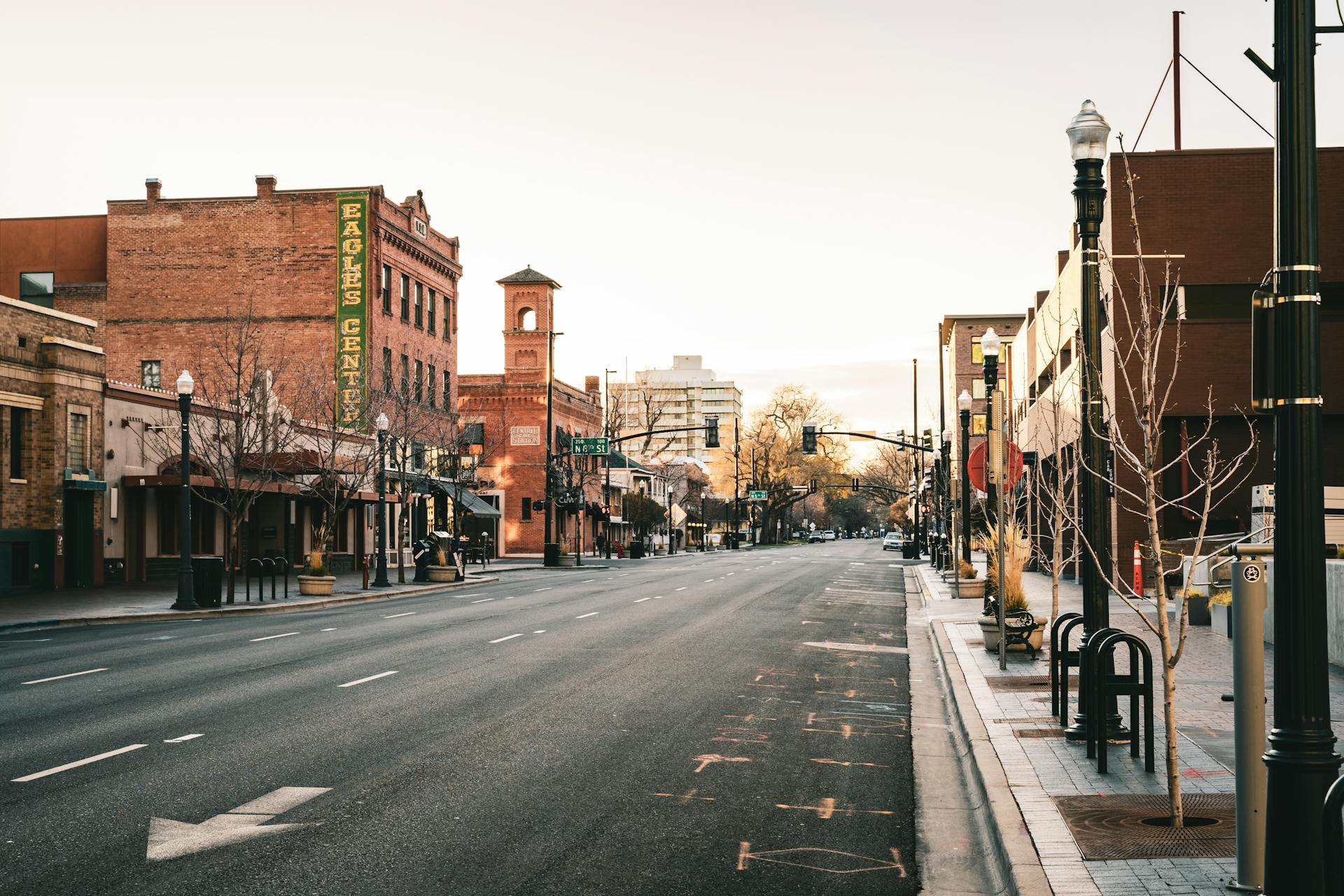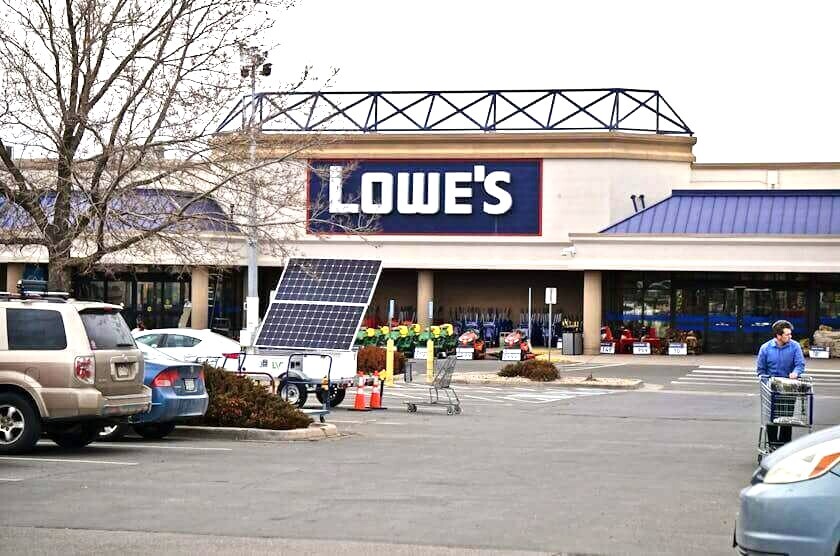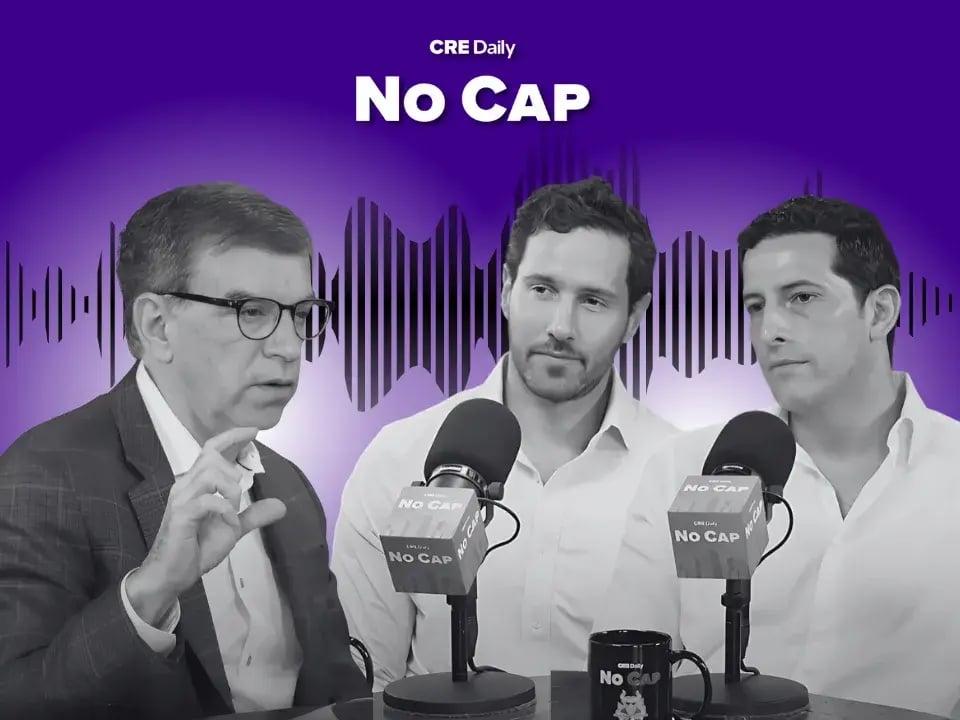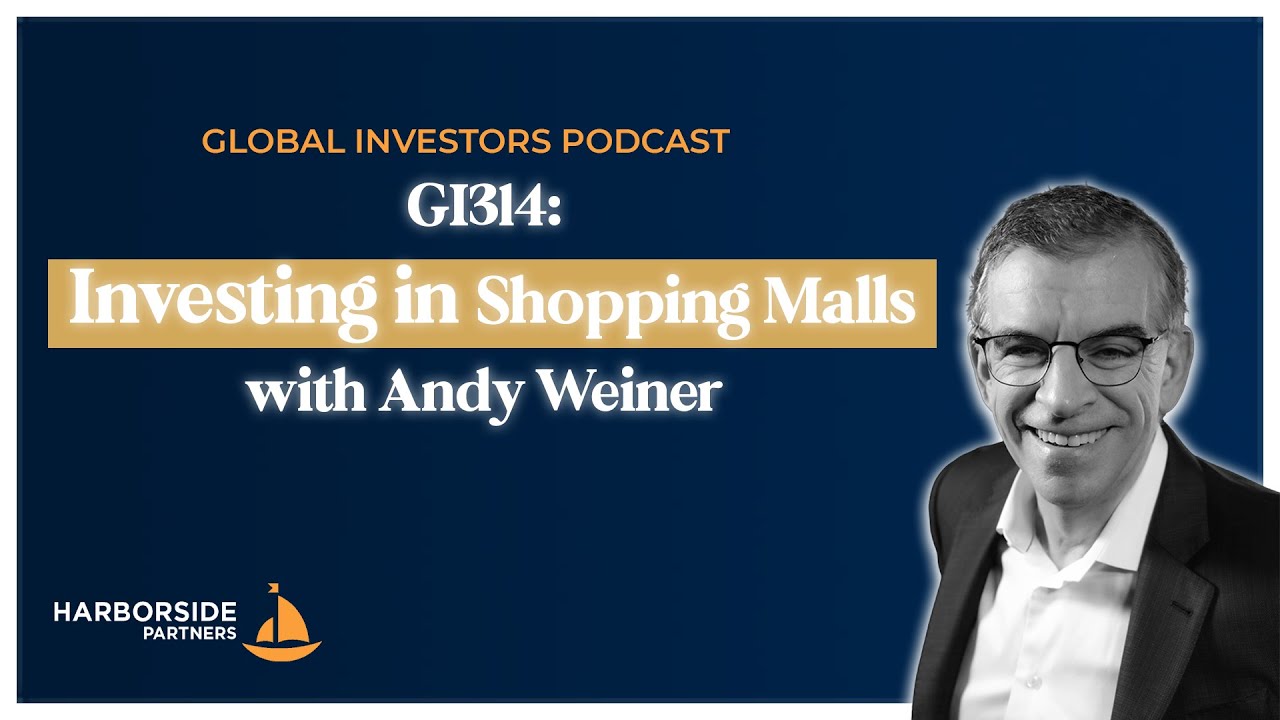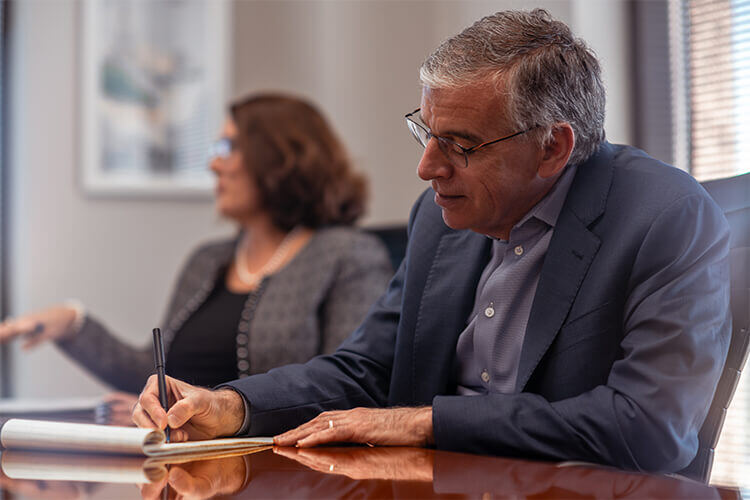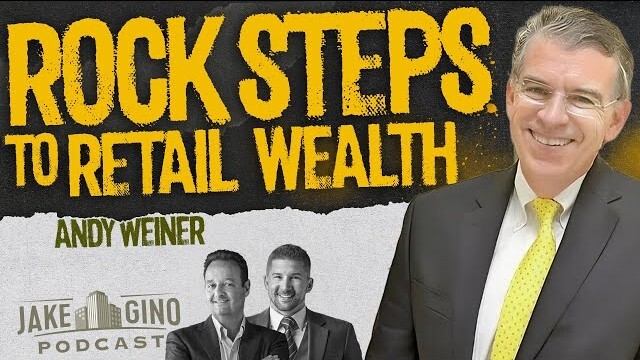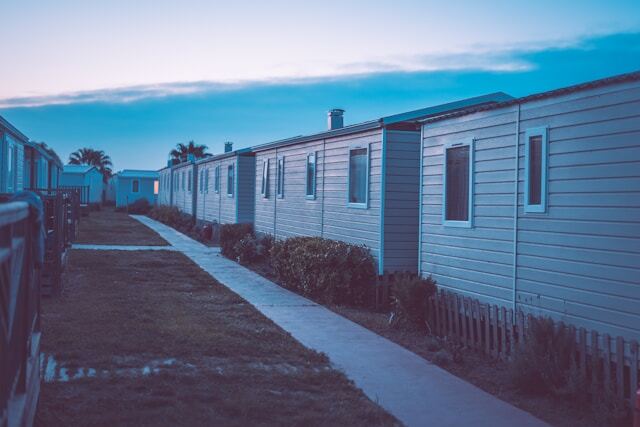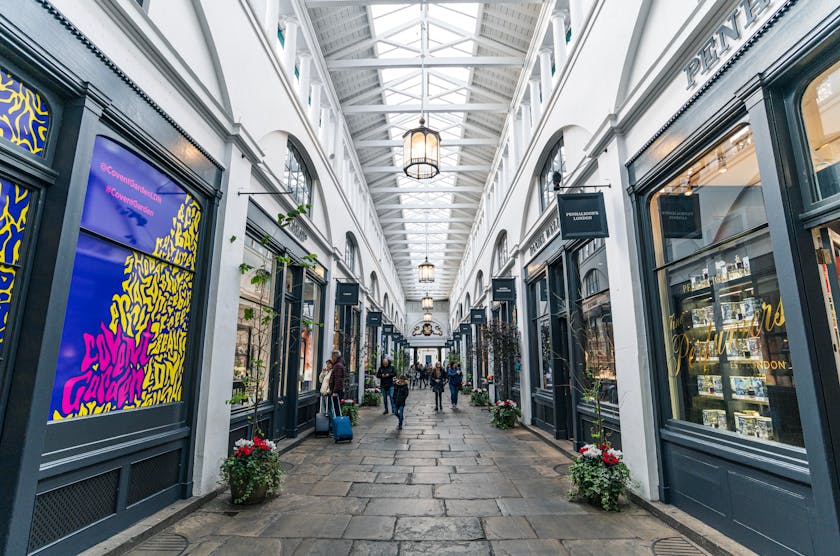Property Profits Podcast: The Resurgence of The MALL
May 26th, 2025
4 min read
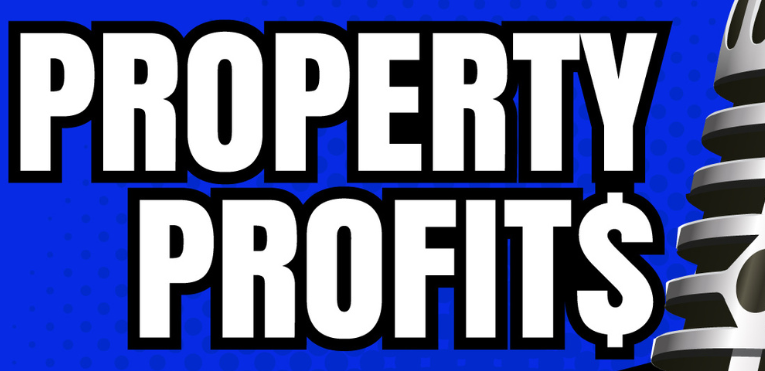
Note: This episode is also available on platforms like Spotify and Apple Podcasts.
Retail is dead. At least, that’s what most headlines have been screaming for the better part of a decade. Empty malls, shuttered storefronts, and the relentless march of e-commerce seemed to signal the end. But according to Andy Weiner, President of RockStep Capital, the truth is far more optimistic and profitable.
In a recent appearance on the Property Profits Podcast with host Dave Dubeau, Andy didn’t just push back on the “retail is dying” narrative. He dismantled it piece by piece, with real-world numbers and a proven strategy of turning underappreciated retail assets into high-performing investments.
RockStep's Focus: Local Markets With National Opportunity
When asked about RockStep Capital’s current portfolio, Andy laid it out plainly.
“We currently have 23 shopping centers in 11 states,” he said. “They fall into three categories: grocery-anchored centers, open-air power centers, and enclosed malls. And most of our properties are in secondary and tertiary markets. We call them hometowns, markets under a million people, sometimes as small as 100,000 or 200,000.
What matters to us is whether the market has a strong economic engine behind it. That could be a university, a major hospital district, a Fortune 1000 company, a military installation, a tourism driver, something that keeps people there and keeps the local economy moving.”
This focus on durable demand, rather than trendy zip codes, gives RockStep an edge.
From Doom To Boom: Why Retail Is Quietly Thriving
Dubeau challenged Andy to address the elephant in the room. Retail is often viewed as outdated, overbuilt, and threatened by e-commerce.
“Look, Amazon and COVID did a number on retail,” Andy admitted. “But what they really did was wipe out the weak players. The survivors figured out how to compete with e-commerce. They’ve got their own delivery platforms, apps, a network of physical stores, and maybe most importantly, strong balance sheets and a growth mindset.”
He pointed to companies like TJ Maxx, Ross, Hobby Lobby, Aldi, and Five Below as examples of retail brands that are not only surviving but actively expanding.
“These guys aren’t shrinking. They’re opening new stores. And the funny thing is, they want to grow, but there’s nowhere new to go. Construction costs are up about 40 percent from where they were just a few years ago. Interest rates have climbed, too. So what you have now is a stagnant supply of retail space and a growing number of creditworthy tenants who want to expand. That’s a good place to be if you’re a landlord.”
The Rent Flip: When Losing A Tenant Is Good News
One of the most compelling parts of Andy’s analysis came when he explained how today’s market has flipped traditional expectations.
“It used to be, when a tenant said they were leaving, you’d panic,” he said. “You’d beg them to stay, offer them a rent reduction, whatever it took. Now? We’re almost happy when a tenant leaves. Because the replacement tenant will pay twice the rent, and they’ll have better credit. That didn’t used to be the case.”
This shift, he explained, is a direct result of limited supply and robust demand from established retail tenants. For the first time in years, retail landlords are in a position of strength.
The Math That Matters: Positive Leverage In Retail
While many investors continue to chase industrial and multifamily properties, Andy warned that many deals no longer make financial sense.
“In multifamily, you’re often buying at a five cap,” he said. “But you’re borrowing at six and a half. That’s negative leverage. It means every dollar of debt hurts your returns. The only way to justify it is to project huge rent growth in the future. I call that a strategy of prayer. And prayer in real estate is not a good strategy.”
Retail still provides positive leverage.
“In the open-air space, we’re buying at eight and a half to nine and a half caps. We’re borrowing at around seven. So every dollar of debt helps the return. In the enclosed mall space, we’re seeing 15 percent cap rates. That’s tremendous positive leverage. You don’t get that in other asset classes right now.”
Malls: The Most Misunderstood Asset Class
Andy believes enclosed malls are one of the market's most misunderstood and undervalued property types today.
“There’s about $50 billion of insolvent debt tied up in well-located malls across the country,” he said. “We’re buying those properties at what amounts to land value. And these aren’t speculative land plays. We’re generating serious cash flow from day one.”
He cited their acquisition in Rapid City, South Dakota, as an example.
“We bought that mall for $12 million. It had a $94 million loan on it. Completely underwater. We’ve already sold off some of the outparcels for $17 million, and the mall itself generates $2.5 million a year in cash flow. That’s what I call boring cash flow. And I love boring.”
Reimagining The Mall: From Hockey Arenas To Medical Campuses
Andy shared how RockStep is reimagining malls as versatile, community-focused properties.
“In Janesville, Wisconsin, we sold the old Sears building to the city. They’re turning it into a hockey arena and a convention center. Right in front of the mall. Behind that, we’re planning multifamily and hospitality. That’s what mixed-use transformation looks like.”
In other locations, they are demolishing interiors and reanchoring with tenants like Costco and Target. In some markets, cities are contributing millions in infrastructure investment and development incentives.
“We’re buying a mall where we’ll demo the interior, put in a grocery store, some medical office, a new facade, and a roof,” he said. “The city is giving us between seven and ten million dollars in capital and incentives. It’s a win for everyone.”
What's Ahead For RockStep Capital?
RockStep is nearing the completion of fundraising for its Hometown America fund deal and is preparing to launch a second. Andy shared that the new fund will continue the company’s current approach.
“We’re investing in malls and open-air centers in markets with essential drivers. We target internal rates of return in the high teens. But our base case underwriting is conservative. We don’t count on the upside. We just work hard to achieve it.”
He mentioned their latest deal, a grocery-anchored center in Louisiana that was rebuilt after Hurricane Laura.
“It cost $32 million to build pre-COVID. We’re buying it for $20 million. It’s at an 8.4 cap with positive leverage. Try finding another grocery-anchored deal like that today.”
Final Word: Why Retail Makes Sense In An Unpredictable World
Andy closed the podcast with a message for investors feeling uncertain in today’s market.
“In a very choppy world, people should put some of their invested capital in real estate,” he said. “And particularly in income-producing real estate. That doesn’t mean you chase fads. It means you buy good assets that cash flow from day one, and you improve them over time.”
Topics:




